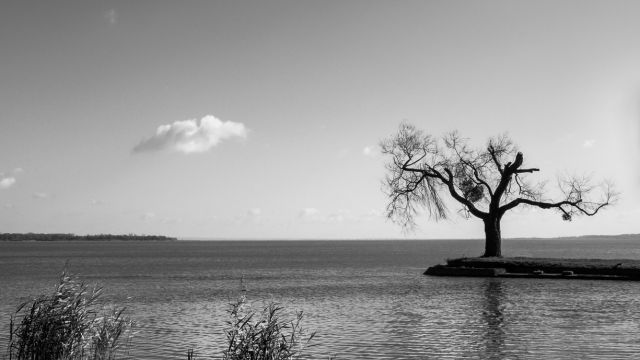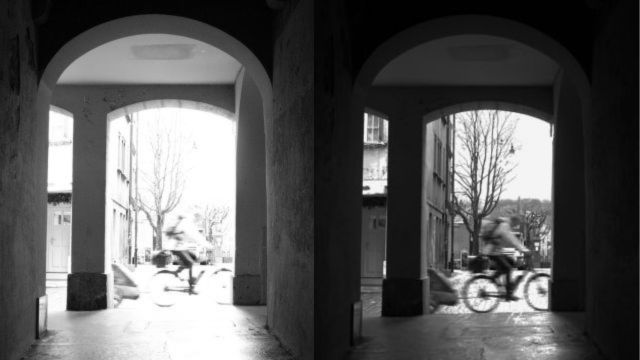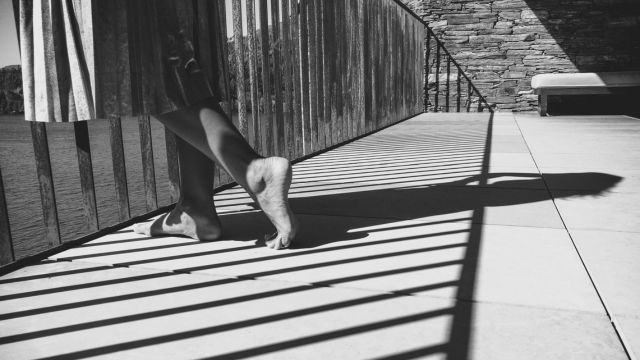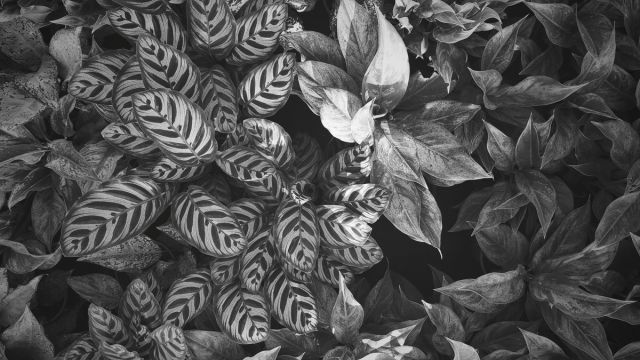
The absolutes of light and dark, black and white, together provide a powerful contrast that is both fascinating and everlasting. An illustration of how two dissimilar colors can communicate more effectively when combined is the convergence of black and white. While black and white photos can reveal a deeper emotive portrayal and add drama, mystery, and imagination, colorful images tell a tale. Black and white represents a view of the captured truth, but color may depict the situation as it actually is.
Exploring the Monochrome photography:
All black and white photography is monochrome photography, but not all monochrome photography is black and white. Any photography that captures and represents images using varying amounts of light instead of different colors is known as monochrome photography. Monochrome photography uses a single color and a range of tones of that color, while conventional color photography, also known as polychrome, displays colors from every part of the spectrum.
Photographing in monochrome frees us from the color distraction and lets us concentrate on form, shape, texture, and contrast. It usually brings a timeless, classic vibe and can heighten a picture's emotional impact while bringing the subject matter and the photographer's intended message to light.
Tips for Shooting in Monochrome
To get the most out of the monochromatic camera, there are a few key factors to take into account.
1. Subject matter

Generally speaking, monochromatic works best when there is a strong, attention-grabbing main element in the picture. By emphasizing the foreground, monochrome photography can be supported by an appealing subject matter.
2. Tonal range

Make sure that monochrome photography captures a wide range of tones in scenes so that it doesn't merely highlight one shade of colour.
3. Lighting and shadows

When photographing in monochrome, lighting and shadows are particularly crucial because they will create the contrast that monochrome thieves need to avoid. Verify that the contrast on your analogue or digital camera is set correctly.
4. Textures, lines, and angles

In the language of photography, an object's visual characteristics define its texture. It provides some indication as to how the item might feel in your hands. It is possible for textures to be bumpy, granular, uneven, smooth, or rough.An angle is the viewpoint that is used to capture a picture of a topic.the technique of using lines in an image to provide visual interest and convey a message.In monochromatic photography, textures, lines, and angles are powerfully portrayed.
5. Shapes and patterns

Monochrome also does a fantastic job of capturing shapes and patterns, which are positioned behind important subjects.
Black and white in particular, or monochrome photography, has a classic and striking visual impact. The lack of colour compels the observer to concentrate on the image's contrast, textures, and tones. This frequently produces images that tell a story and create strong feelings. Black and white images are capable of much more than just reducing image brightness. It requires a greater understanding of composition, lighting, and subject matter—three basic components of photography. Photographers who grasp these elements can produce visually striking images that express a distinct viewpoint or idea.